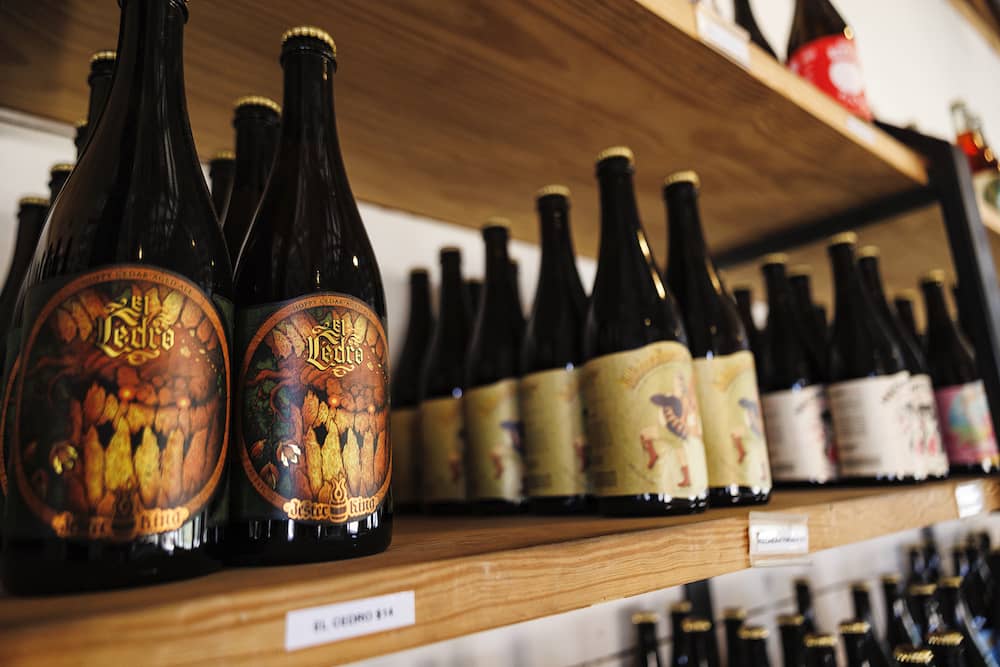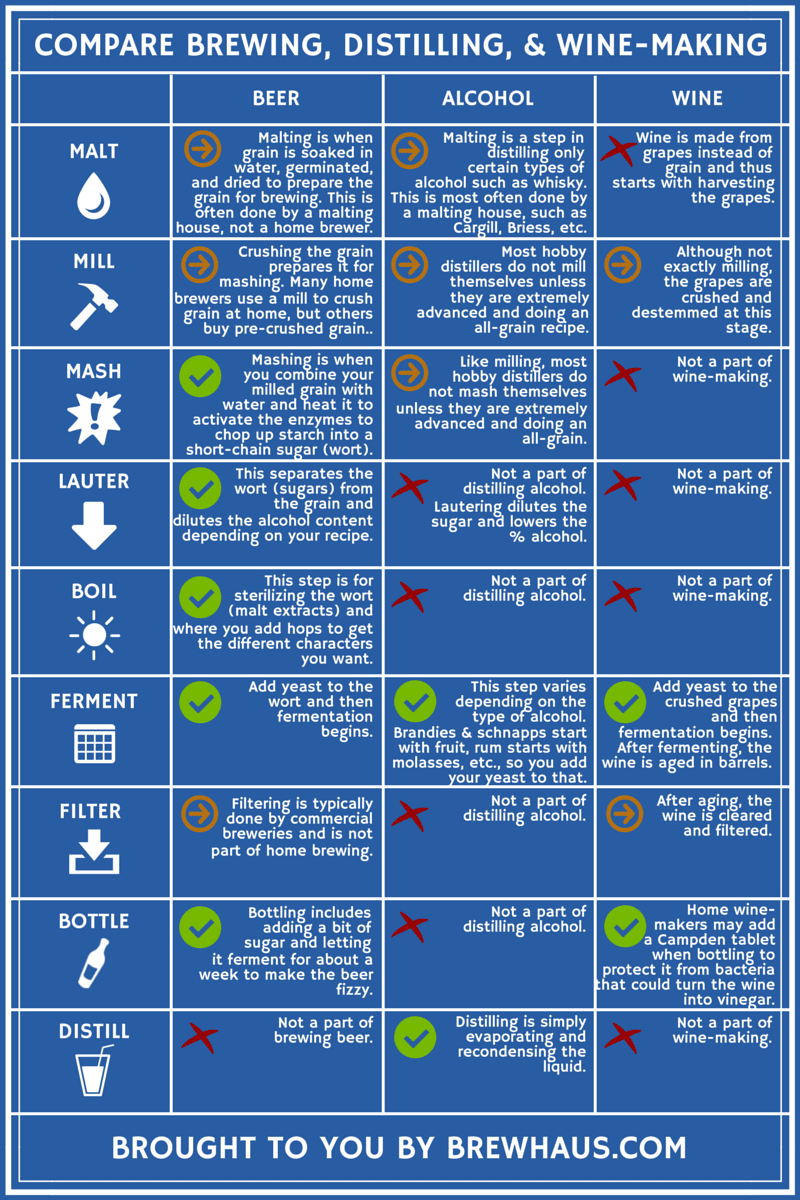From Mash to Container: The Complexities of Craft Distillery Manufacturing Revealed
Craft distillery manufacturing is a precise procedure that entails a collection of detailed steps to transform raw ingredients into a polished spirit ready for consumption. From the first stages of mash preparation to the final touches of bottling and classifying, each stage of manufacturing plays an important duty in shaping the personality and quality of the final item (Galveston Whiskey). As we untangle the intricacies of craft distillery manufacturing, we will certainly discover the virtuosity and scientific research behind each action, losing light on the surprise globe that finishes in the production of a one-of-a-kind and remarkable spirit
The Art of Mash Preparation
Mash preparation in craft distillery manufacturing is a thorough procedure that lays the foundation for the high quality and flavor profile of the last distilled spirits. The art of mash prep work includes combining grains such as barley, corn, rye, or wheat with water and enzymes to convert the starches into fermentable sugars. This crucial action needs precision in the option of grains, water quality, and enzyme task to make certain optimal sugar extraction throughout fermentation.
Craft distilleries take fantastic care in sourcing high-quality grains as they directly affect the taste and personality of the spirits. The proportions of various grains utilized in the mash expense are also carefully computed to accomplish the desired taste account. Additionally, variables such as water temperature, pH degrees, and mixing methods play a significant function in the mashing process.
When the mash is prepared, it goes through fermentation, where yeast is added to transform sugars into alcohol. The high quality of the mash directly influences the performance of fermentation and inevitably, the general top quality of the distilled spirits. Craft distilleries pride themselves on their focus to information during mash prep work, recognizing its relevance in creating remarkable spirits.
Fermentation: Changing Components Into Alcohol
Just how do craft distilleries transform very carefully ready components right into alcohol through the process of fermentation? Fermentation is a critical action in craft distillery manufacturing where yeast communicates with sugars to produce alcohol. After the mash prep work phase, the liquid, referred to as wort, is moved to fermentation containers. Yeast is after that contributed to the wort, where it takes in the sugars present in the combination, transforming them right into alcohol and carbon dioxide.

During fermentation, the temperature level and atmosphere are very closely kept track of to make certain optimal conditions for yeast task. This procedure normally takes several days to a week, depending upon the wanted alcohol material and taste profile. As the yeast works its magic, the fluid undergoes significant chemical adjustments, resulting in the development of alcohol.
As soon as fermentation is complete, the resulting liquid is referred to as the laundry or beer. This alcoholic fluid offers as the foundation for the subsequent purification process, where it will be transformed right into the last spirit via cautious workmanship and accuracy techniques.
Distillation Methods and Devices
Utilizing specific devices and exact strategies, craft distilleries employ different purification approaches to remove and refine the alcohol content of the fermented wash, eventually forming the personality and top quality of the last spirit. Purification is the process of dividing alcohol from the fermented liquid through evaporation and condensation. Craft distilleries generally use pot stills, column stills, or crossbreed stills in their purification procedures. Pot stills, consisting of a swan and a pot neck, are recognized for producing tasty spirits with abundant appearances. On the various other hand, column stills, which have several plates for purification, are favored for creating lighter and smoother spirits. Crossbreed stills combine aspects of both pot and column stills, great post to read providing distillers flexibility in crafting a diverse series of spirits. The option of still and the purification method utilized dramatically affect the fragrance, flavor, and overall quality of the distilled spirit. Craft distillers commonly experiment with various devices configurations and purification techniques to achieve one-of-a-kind and extraordinary spirits that show their imagination and experience.
Aging Process: From Barrel to Bottle
With the distilled spirits now prepared, the emphasis changes towards the important phase of the aging procedure, where the makeover from barrel to bottle imbues the fluid with unique flavors and qualities. The option of barrel type, whether oak, charred, or formerly made use of for various other spirits, greatly affects the last preference profile.

Bottling and Labeling: Final Touches
Upon completion of the aging process, the craft distillery meticulously continues with the careful tasks of bottling and labeling, including the final touches that will certainly provide the spirit to consumers. Craft distilleries usually make use of automated bottling lines furnished with machinery such as cappers, fillers, and labelers to simplify the procedure.
Identifying is another essential element of the bottling process. Distilleries pay attention to identify design, guaranteeing it adheres to regulative requirements while likewise conveying the brand name's identity. Tags often consist of vital info like the spirit's name, alcohol content, and beginning. Additionally, some craft distilleries hand-label their bottles for a personalized touch, particularly for minimal version launches.
Once the bottles are loaded, secured, and labeled, they go through a last evaluation to ensure they satisfy the distillery's requirements. This focus to detail in the labeling and bottling process reflects the craft distillery's dedication to supplying a costs product to consumers.

Conclusion
Finally, the procedure of craft distillery manufacturing involves careful steps such as mash prep work, fermentation, distillation, aging, and bottling (Seawall Bar). Each stage calls for careful interest to information and specific tools to guarantee the last product satisfies high criteria of quality. From changing ingredients right into alcohol to bottling and labeling the finished item, craft distilleries display the art and science behind producing exceptional spirits for discerning consumers
Craft distillery manufacturing is a meticulous process that includes a important link series of elaborate actions to change raw active ingredients into a refined spirit all set for consumption.Mash preparation in craft distillery manufacturing is a thorough process that lays the foundation for the high quality and taste account of the final distilled spirits. Craft distilleries pride themselves on their interest to detail throughout mash prep work, recognizing its significance in producing exceptional spirits.
Upon completion of the aging process, the craft distillery thoroughly proceeds with the careful jobs of bottling and labeling, adding the final touches that will present the spirit to consumers. From transforming ingredients into alcohol to bottling and labeling the finished product, craft distilleries showcase the art and scientific research behind producing superior spirits for discerning consumers.